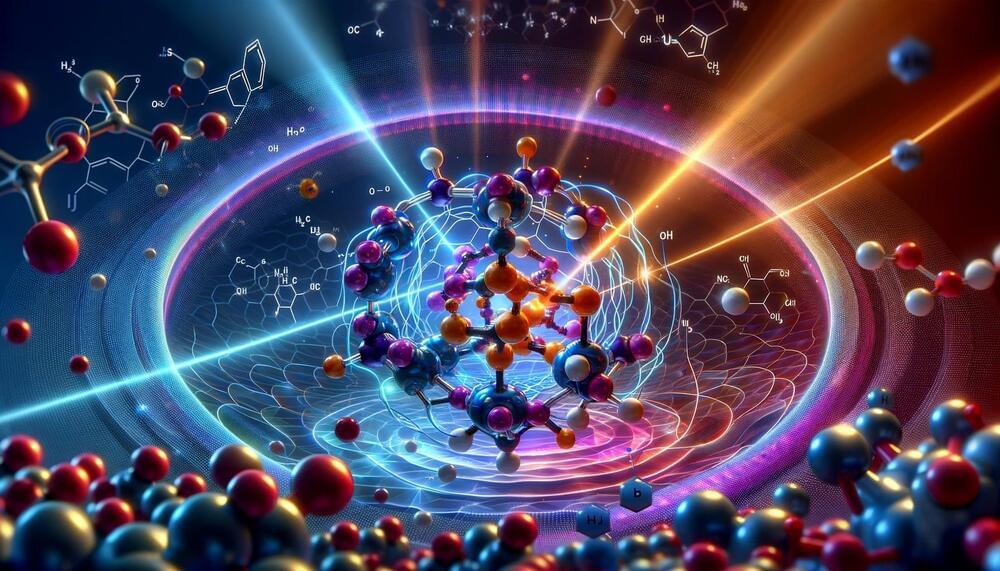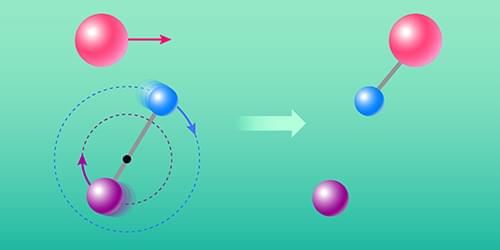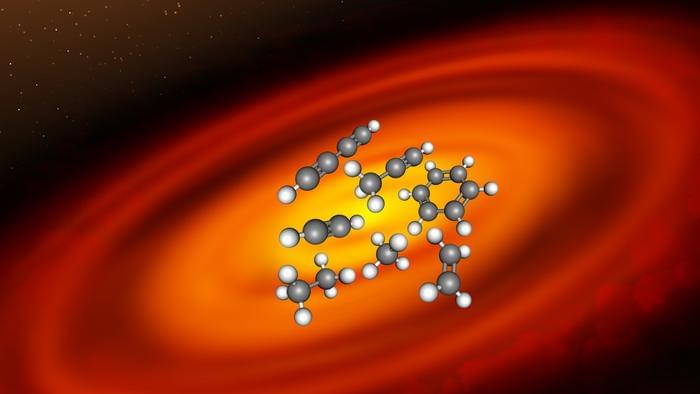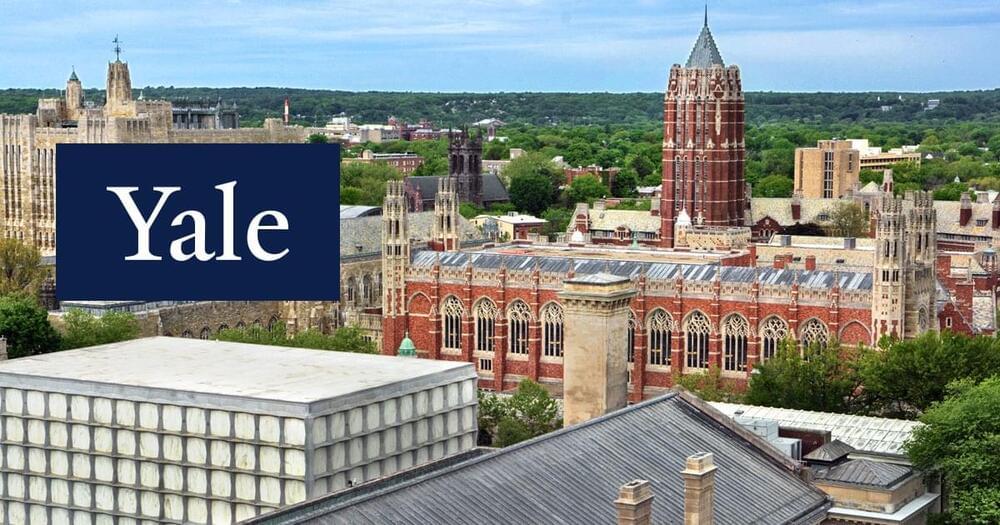Researchers have developed a new method that uses attosecond core-level spectroscopy to capture molecular dynamics in real time.
The mechanisms behind chemical reactions are complex, involving many dynamic processes that affect both the electrons and the nuclei of the involved atoms. Frequently, the strongly coupled electron and nuclear dynamics trigger radiation-less relaxation processes known as conical intersections. These dynamics underpin many significant biological and chemical functions but are notoriously difficult to detect experimentally.
The challenge in studying these dynamics stems from the difficulty of tracing the nuclear and electronic motion simultaneously. Their dynamics are intertwined and occur on ultrafast timescales, which has made capturing the molecular dynamical evolution in real time a major challenge for both physicists and chemists in recent years.






